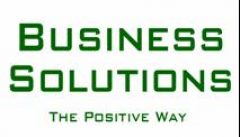How much are you spending on bank fees? It could easily be hundreds to thousands of dollars annually. Even if you think it is zero how much do you think you are paying in hidden fees?
This can be a tough one to answer so you might want to pass this one on to your company bookkeeper or controller.
We all know about the usual highly visible fees such as those associated with minimum deposits, check processing fees, account maintenance fees, returned check fees and on and on. What you may not be aware of, however, is the fact that banks are continuously adding new fees to try to bolster their profits. The easiest approach might be to have someone sit down with representatives from your banks and ask them to explain what fees you have paid in the last 6 to 12 months and how to reduce them.
The other questions to ask your financial people and your bankers are what hidden fees are you paying and what hidden costs are you incurring. These show up in the form of minimum account balances, accounts that don’t earn interest and quite often in lower than market interest rates earned.
